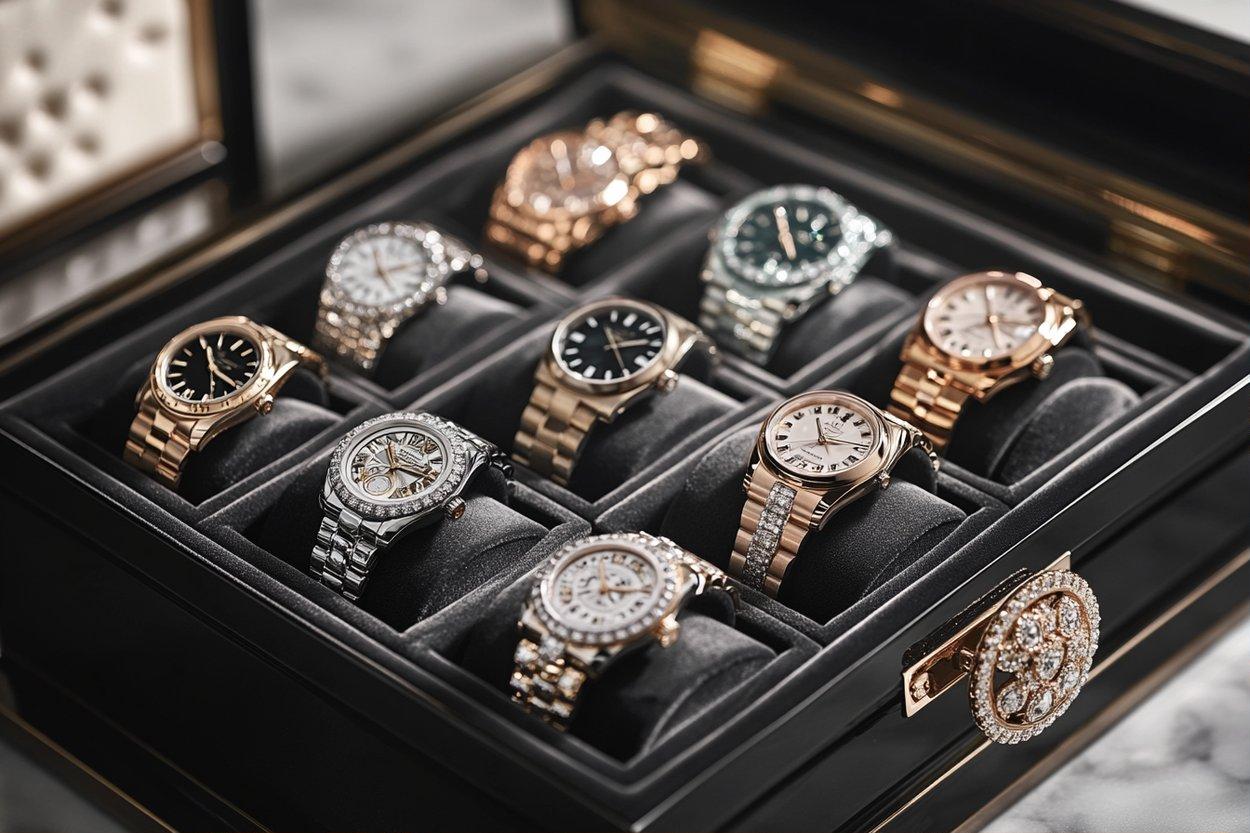Earrings: Styles, Materials, and Care
Earrings are one of the most versatile pieces of jewelry, worn across cultures and eras for personal expression, ceremonial reasons, and everyday style. From simple studs to elaborate drops, earrings can change how a face is framed and how an outfit reads. They intersect with fashion trends, act as key accessories, and often incorporate materials like precious metals, gemstones, and diamonds. Choosing the right pair involves balancing comfort, durability, and aesthetic — whether you’re selecting an everyday staple, a statement piece for an event, or items that complement other jewelry in your collection.

What are common earring styles?
Earring styles range widely to suit different looks and ear placements. Studs are compact and secure, commonly set with a single gemstone or metal ball. Hoops vary from thin, understated circles to larger, chunkier rings. Drop and dangle earrings hang below the earlobe and add movement; chandelier styles are more ornate and often used for formal wear. Huggies sit close around the lobe, while ear cuffs and climbers trace the ear without requiring multiple piercings. Clip-ons and screw-back designs provide non-pierced options. Each style serves a different purpose: studs for subtle everyday wear, drops for elongation, and cuffs for contemporary layering.
How are diamonds used in earrings?
Diamonds are frequently chosen for their sparkle and durability in earring settings. They appear as single center stones in studs, as accent stones in halo or pavé settings, and as matched pairs in drop or hoop designs. Settings such as prong, bezel, and channel influence how much light the diamond receives and how protected it is. For earrings, symmetry and color matching between stones matter more than single-carats because matched pairs create visual balance. Many buyers also consider certification and ethical sourcing statements from providers when selecting diamond earrings, and some opt for lab-grown diamonds as an alternative to mined stones.
What materials define jewelry quality?
The longevity and feel of earrings are shaped by their metals and construction. Precious metals like gold (commonly 14K or 18K), sterling silver, and platinum are durable choices; plating over base metals can offer an economical look but may wear over time. Hypoallergenic metals such as titanium and niobium reduce irritation for sensitive ears. Gemstones, pearls, and mixed media add character but require their own care routines. Look for secure closures — screw-backs, lever-backs, and well-made push-backs — and solid soldering on hoops and connectors. Material choice should reflect both aesthetic preference and practical concerns like skin sensitivity and daily wear.
How do earrings function as accessories?
Earrings can anchor an outfit, echo a color palette, or introduce contrast. Small studs and hoops work with business attire and minimal fashion, while larger dangly pieces or decorative chandeliers suit evening looks and special occasions. Earrings also interact with other jewelry: balancing necklace length, ring styles, and bracelet weight helps maintain a cohesive silhouette. Consider face shape — elongated drops can flatter round faces; studs and short hoops are versatile for many shapes. For evolving personal style, many people curate an ear with multiple piercings, combining studs, tiny hoops, and cuffs to create a layered accessory statement. Local services can assist with piercings, repairs, or resizing for custom fits.
How do earrings fit current fashion trends?
Contemporary trends emphasize both streamlined minimalism and expressive statements. Tiny gold or diamond studs and slim hoops remain staples for minimalist wardrobes, while bold geometric shapes, colorful gemstones, and mismatched pairs cater to a more eclectic aesthetic. Sustainable and responsibly sourced jewelry is increasingly visible, with recycled metals and lab-grown diamonds appearing across collections. Vintage and retro-inspired designs have also returned, influencing silhouette and detailing. Designers frequently mix metals and textures, so combining silver, gold, and rose-gold pieces in one look is acceptable in current fashion vocabulary. Ultimately, trends provide options but don’t replace considerations of comfort and personal style.
Earrings combine practical considerations with aesthetic expression: choosing the right pair involves understanding styles, the role of diamonds and other materials, and how pieces function as accessories within your wardrobe. Regular care, attention to metal and setting quality, and thoughtful coordination with other jewelry help preserve both appearance and value. Whether you prefer discreet studs, elegant drops, or curated ear stacks, informed choices lead to earrings that fit your lifestyle and fashion preferences.






